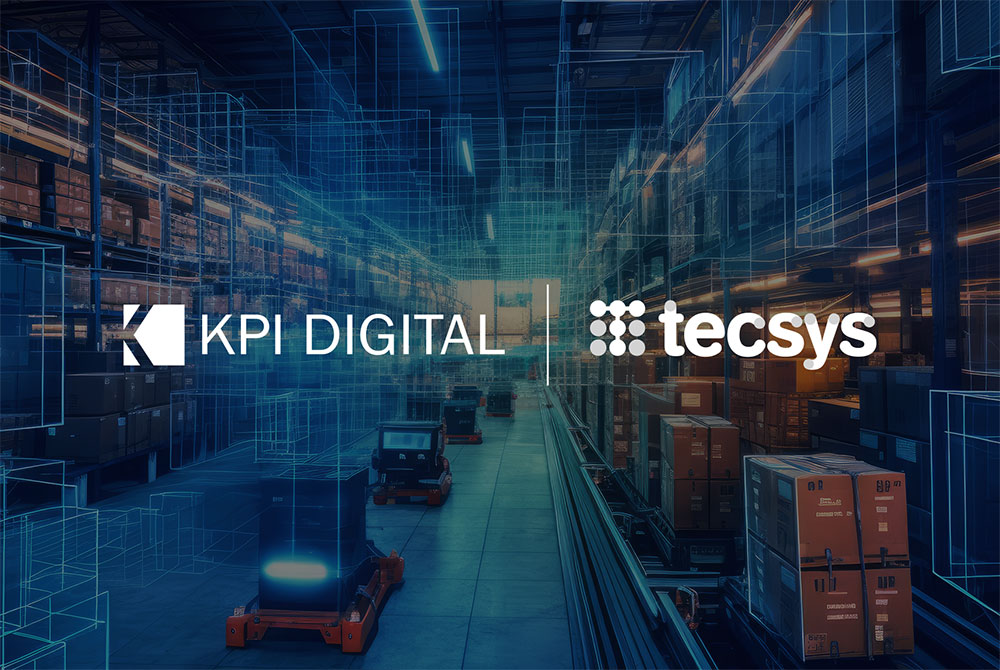Welcome to the final instalment of my three-part Practical AI series. In the introductory post, I reviewed commonly used AI terminology at a high level. In blog two, I explored the differences between machine learning and decision optimization.
Now, it’s finally time to discuss how you can apply this to your business.
It’s easy to imagine that the most performant models exist only behind some tech giant’s paywall. Still, cutting-edge AI and innovation techniques are more accessible than you think. This is not to say that FAANG companies do not conduct research solely for their own private intellectual property, but rather that the publicly available research into AI techniques is more than enough to satisfy your business needs.
How does the lifecycle of a new AI model begin?
It all starts in academia. A researcher will pick a common problem and attempt to devise a performant model that can solve it reliably. A popular example would be object detection: create a model that – based off an image – can predict what the computer is looking at. A simple example is discerning between a cat and a dog, but this problem has been expanded to quickly distinguish between thousands of different objects.
When the research institution is satisfied, they typically publish their work. The contents of this release can vary, but they always provide a paper, and sometimes provide supporting code, data, and model parameters for reproducibility.
Now the word is out. If the model is novel, private companies and open-source AI communities begin work to reproduce these findings themselves. If the private companies are successful, they will integrate this model into their service offerings and charge users to leverage this model. If the open-source projects are successful, they release the model for free public consumption. There is no race to release per-se, as anyone is free to reproduce and release these findings at any time, but being first to market comes with its advantages.
How does this help you?
When the open-source community can reproduce findings from academic journals, they make everything available to the user free- of-charge. For example, if I wanted to use a reliable and up-to-date object detection model, I can use one via free frameworks such as Tensorflow or PyTorch, as they have put in the work to make these models available to me in a manner that is easily consumed. I can now leverage AI models that the best and brightest people on the planet have worked tirelessly to bestow, without paying a cent.
If the open-source release is so good, why pay for a service?
With open-source offerings, the tools are free, but the rest is up to you. This means you still need to get your IT department to download the model, create a software service around it, deploy it, and host it on one of your servers or in the cloud. If you don’t have the luxury of having one of these IT gurus at your disposal, you may be inclined to simply pay for a service to build and host it for you. Remember: AI is a tool, not a product.
What if I found a model that’s almost right, but doesn’t quite address my business problem?
Welcome to the wonderful world of transfer learning. Transfer learning is a method focusing on storing knowledge gained while solving one problem and applying it to a different but related problem. Why is this important? If you take a generic model that can perform one task, you can re-train parts of it on a new but similar dataset and have it perform a slightly different task. An example of this would be if you took a publicly available object detection model that can classify thousands of different objects, trained it on a relatively small set of image data from your company’s assembly line, and used it to identify faulty products. This transfer of knowledge from the original model to this new domain is feasible because the task of classifying faulty products on your assembly line is similar enough to the tasks performed by an out-of-the-box object detection model. Suddenly, with a small dataset and access to the open-source community, you can apply cutting-edge research to your very specific business problem.
The ubiquity of open-source development, combined with the advent of transfer learning, opens up countless avenues to utilize state-of-the-art AI in the manufacturing industry. Fortunately, AI innovation has never been as accessible as today, allowing the companies that embrace this powerful technology a competitive advantage in today’s rapidly changing landscape.
Oliver is a Senior data science consultant at KPI Digital, helping clients maximize the value of business data. After graduating with a Bachelor of Mechanical Engineering from McGill University, he later went on to study at Georgia Institute of Technology in their Master of Science in Analytics program. Since then, he has been focused on delivering production-ready data science solutions to domains such as manufacturing, engineering, finance, and retail.







